MSPs Speak Out: How Changing Market Dynamics Are Influencing IT Investment
With cybersecurity, hybrid work, and supply chain challenges top of mind, CRN reporters ask MSPs from all over the country: changing market dynamics influenced the technology areas your business is investing in today?

Placing Their Bets
Market dynamics have shifted quite substantially over the last two years as a global pandemic sent millions of employees out of the office and off the road and into their homes. Hybrid working is the “new normal” now as businesses and employees balance safe returns to the office and teleworking. At the same time, security breaches are on the rise and global supply chains are feeling the effects of the last couple of years. Long story short: the IT industry is in a state of flux, to say the least.
Many market trends were already gaining some momentum prior to 2020 but have been accelerated as business needs changed – in some cases, overnight – and new buying habits emerged. Shifts like cloud migration and a heavier focus on security have been sped up, as has adoption of new technologies, such as artificial intelligence, machine-learning and anything that can help IT teams inject more automation into their environments.
At CRN parent The Channel Company‘s XChange 2022 event this week in Dallas, reporters on the ground asked MSPs in attendance: Have changing market dynamics influenced the technology areas your business is investing in today?
Here’s what solution providers from all over the country had to say.
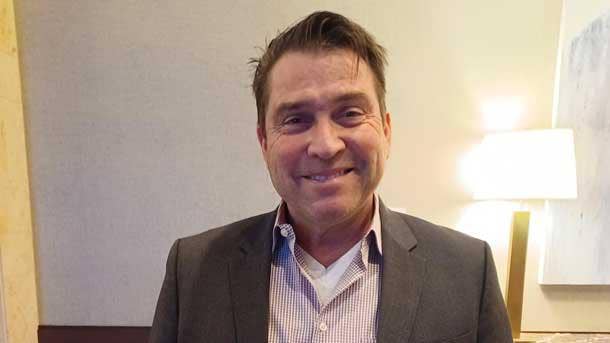
Ron Kingsford, chief revenue officer, Los Gatos, Calif.-based Overlook Networks
It’s all-around artificial intelligence and robotic process automation. If we‘re not involved in moving forward with technology, it would not be possible for us to be successful going forward. I think that IT has traditionally been pushed down. But now, it’s amazing that we can actually go forward with AI and robotic process automation technology with actual business processes. That‘s a huge thing for us.
Pushing knowledge of these new technologies to contact center agents is key to adopting them. And, in general, closing the engagement gap is important. Right now, there‘s a bunch of people being asked to do a bunch of things that can be painful to them.
We are investing in the talent to help with these new technologies, while at the same helping move talent from other areas. In order for us to be successful going forward, we have to be lean and mean with what we‘re doing. Either you’re going to increase revenue or reduce people. And there‘s a challenge there. But in reality, with A.I. and robotics, if you do it right, it can be super critical to a business like, say, a UPS or a bank.
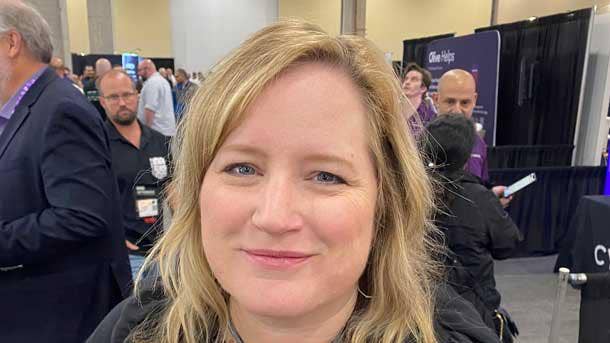
Betsy Wright, partner VP of business development, Brentwood, Tenn.-based Affinity Technology Partners
We’re more security focused. We’ve been moving in that direction and we’re investing in more tools and products and adding it more to our clients. This year we also want to add more email protection.

Andres Plaza, CEO of Navarre, Fla.-based OneconnectionIT
We have changed how we cater to the customer. We don‘t have a set package or the same pitch for everybody. The changes we’re [addressing] is how people are working from home. It‘s a whole different level and not just in terms of how we support customers, but everything is different — the technologies, etc. It’s really more cloud now than ever.

Jason Juliano, Director, Digital for New York-based EisnerAmper
I would say the biggest thing is the integrations between systems and leveraging emerging technologies, especially now with staffing. Recently, I would say that bringing on people is probably costing me around 20-to-30 percent more than it ever did before. So, I‘m really leveraging emerging tech to handle a lot of these mundane tasks that employees were doing before. So that’s been key, especially since I deal with different industries.
I‘m leveraging emerging technology anywhere from accounting, sales, marketing, automation, back office, financial reporting, even reporting for public companies reporting up to the SEC. All of that stuff has been automated where previously we spent a lot of money and resources and staffing just to get a lot of those tasks completed.
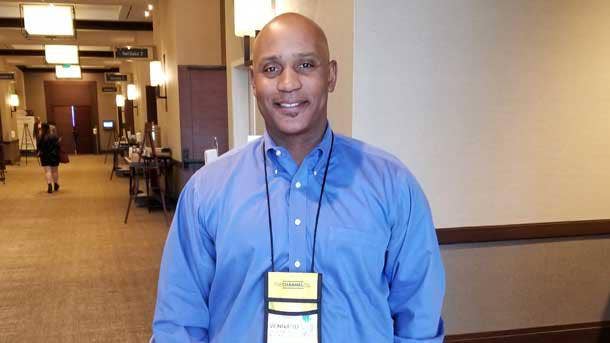
Vennard Wright, CEO, Clinton, Md.-based Wave Welcome
I‘m investing a lot more in cybersecurity and educating customers. I come in as a fractional CIO, and I just make sure that the roadmap is managed across the board. So, one of the toughest things to focus on is MSPs tend to focus more on the core technology, and I’m making sure cybersecurity is a big part of that.
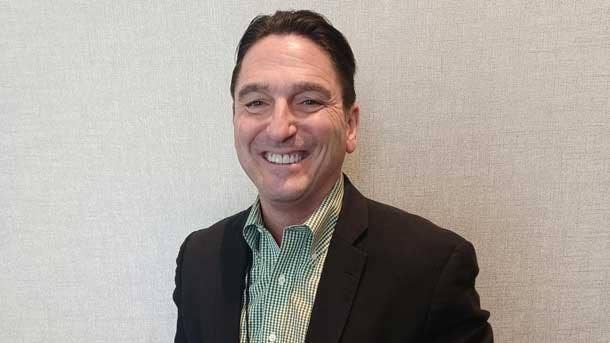
Donald Monistere, CEO and President, Baton Rouge, La.-based General Informatics
There are two sides to the question. The first is the tools that General Informatics as an organization uses to deliver services, which change with market dynamics. The second is the impact of changing market dynamics on customers as well. I don‘t want to say the pandemic created a situation, but it did. It increased the pace at which people accepted digitization and remote work. And so, all of the things that we’ve been doing for the last two years is all about remote, all about protecting the edge. And so, the tools have changed, particularly around security.
Market dynamics have also changed the nature of support. If you think about it, when we dispatch engineering, usually we were dispatching into the corporate environment. Now companies are asking us to go into someone‘s house. And that’s a little different aspect.
An event like XChange makes it convenient to see how new tools to help deal with the changing market dynamics. We‘re talking to vendors about new ideas and innovations around security or the way we might segment a network because it’s changed as networks are now almost everywhere. So, the market dynamics have definitely impacted us.
There is also a negative side. The supply chain has just been horrible. And as much as we‘re not a real hardware-based business, we have a core infrastructure division that runs cable. Heck, it’s hard to get cable. And so that has definitely made a difference because, as prices have risen with inflation, we have jobs that will be on the books for the next 12 to 18 months. And if we want to take advantage of the price today, we‘re having to hedge our bet on whether we think this will continue to be a scarce product and continue to go up on price. If that’s the case, we should buy it all now and then hold it in inventory.
MSPs like us have talked a lot about this here at XChange, and know we have to address our own pricing. Microsoft is going up in its pricing. When you see the price of hardware increasing, or the price of logistics, we as MSPs have to think, ‘Is this impacting our organization? How much does that increase our costs? And what is the affordable pass-through we can ask our customers to be involved in.’ And everyone is involved. This is the one time where, if somebody says, ’Hey, I have to increase your price,‘ you go, ’Yeah, I know.‘“

Andrew Bialock, Owner, Holyoke, Mass.-based Advanced Systems Integrations, LLC.
We’re investing heavily into a managed security solution. The cyber insurance route would also be good, like going out to clients and asking if they would like a review of their insurance policy. I have a feeling that cyber insurance and pushing that, and advanced security, is going to be this year’s big thing.
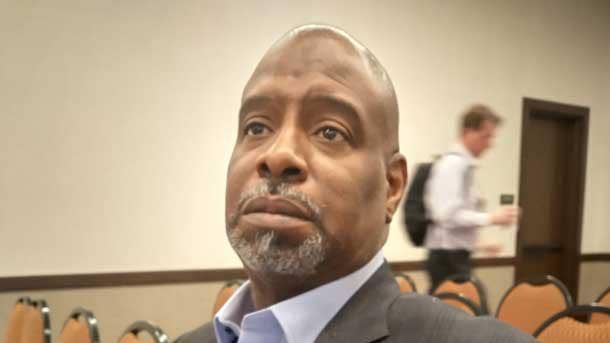
Malcolm Waters, President, Olympia, Wash.-based Ovation Technology
With the advent of COVID and so many of our customers going from brick and mortar to hybrid work from home, it was a huge adjustment, especially since pre-COVID, we did a lot of system integration. But you can‘t do system integration if no one’s in the buildings. So, we ended up doing a lot of security. Well, it started off as hardware. And then we obviously started asking questions about, ‘Well, how are you protecting those endpoints that you have all over the place in the city that helps to connect with your home routers?’ And so that‘s what really drove us into the security side of it.
We have a really good relationship with Cisco, a good relationship with Sophos, and we‘ve gotten a great relationship with VMware that we’re building. All of my engineers and going through all of their various certification, so we‘re probably in the infancy stage of it, but within the next six months, we should have all of our certifications and be able to go to market around it.
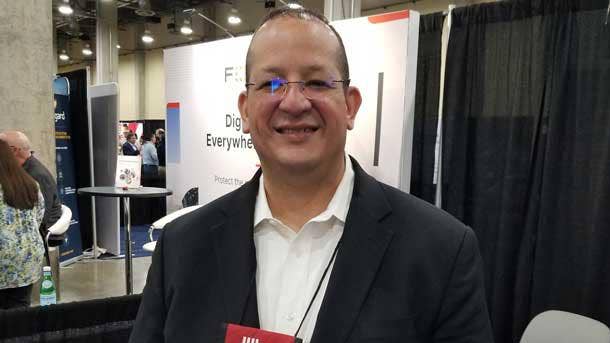
Marcial Velez, CEO, New York City-based Xperteks Computer Consultancy
Our ideal customer profile is now shifting to be more of a work hybrid. So now we‘re looking at customers that are committed to putting their infrastructure 100 percent into the cloud. So, we’re making more investments in that area to be able to facilitate those customers. It’s an education. They‘re wondering how it happens and they need someone to be able to shepherd them.

David Stinner, President, Buffalo, N.Y.-based US itek
I would say that [customers] have realized that IT is more strategic than they thought before today. That‘s probably the biggest change. It’s still a struggle to get customers to invest in the right cybersecurity elements. I think small business owners have become numb to cybersecurity. [On to] supply chain [challenges], t‘s it’s impacted us, but I feel like we‘ve navigated through it. We went from